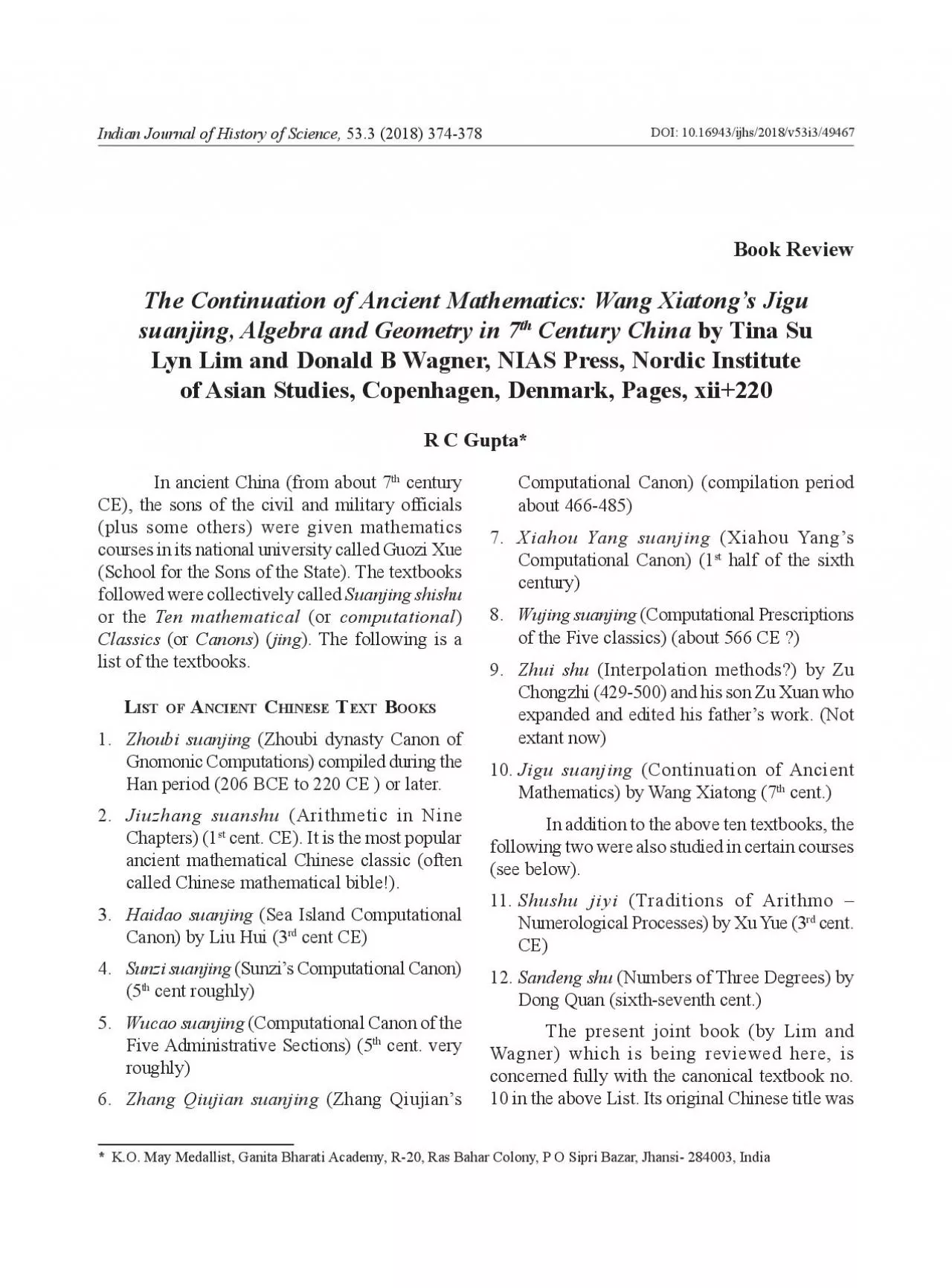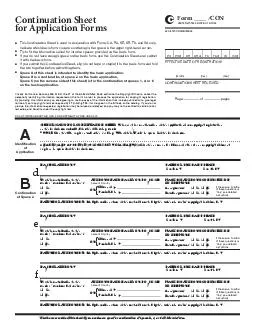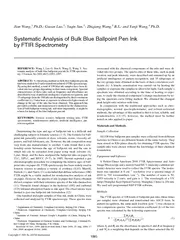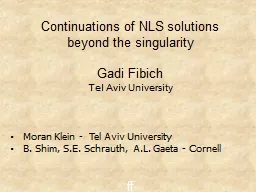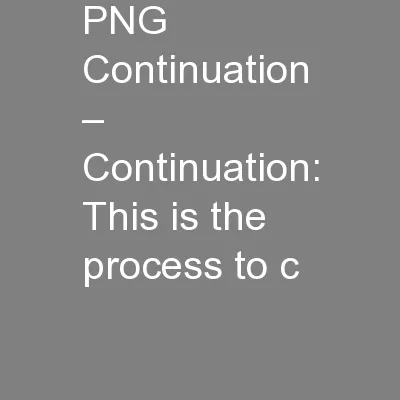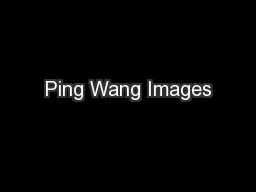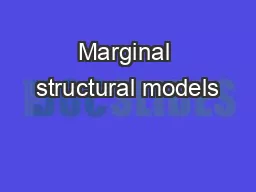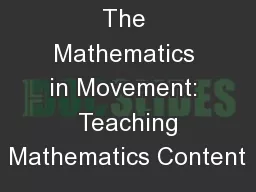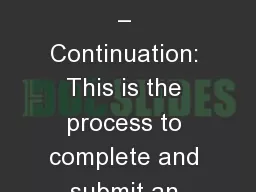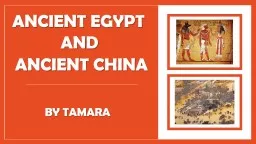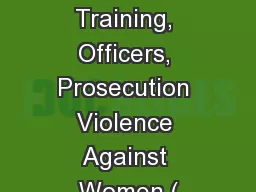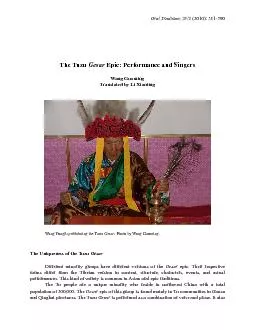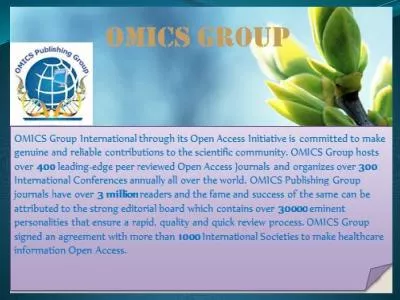PDF-The Continuation of Ancient Mathematics: Wang Xiatong
Author : rivernescafe | Published Date : 2020-11-19
KO May Medallist Ganita Bharati INDIAN JOURNAL OF HISTORY OF SCIENCE centor by Li Chunfeng 602
Presentation Embed Code
Download Presentation
Download Presentation The PPT/PDF document "The Continuation of Ancient Mathematics:..." is the property of its rightful owner. Permission is granted to download and print the materials on this website for personal, non-commercial use only, and to display it on your personal computer provided you do not modify the materials and that you retain all copyright notices contained in the materials. By downloading content from our website, you accept the terms of this agreement.
The Continuation of Ancient Mathematics: Wang Xiatong: Transcript
Download Rules Of Document
"The Continuation of Ancient Mathematics: Wang Xiatong"The content belongs to its owner. You may download and print it for personal use, without modification, and keep all copyright notices. By downloading, you agree to these terms.
Related Documents

